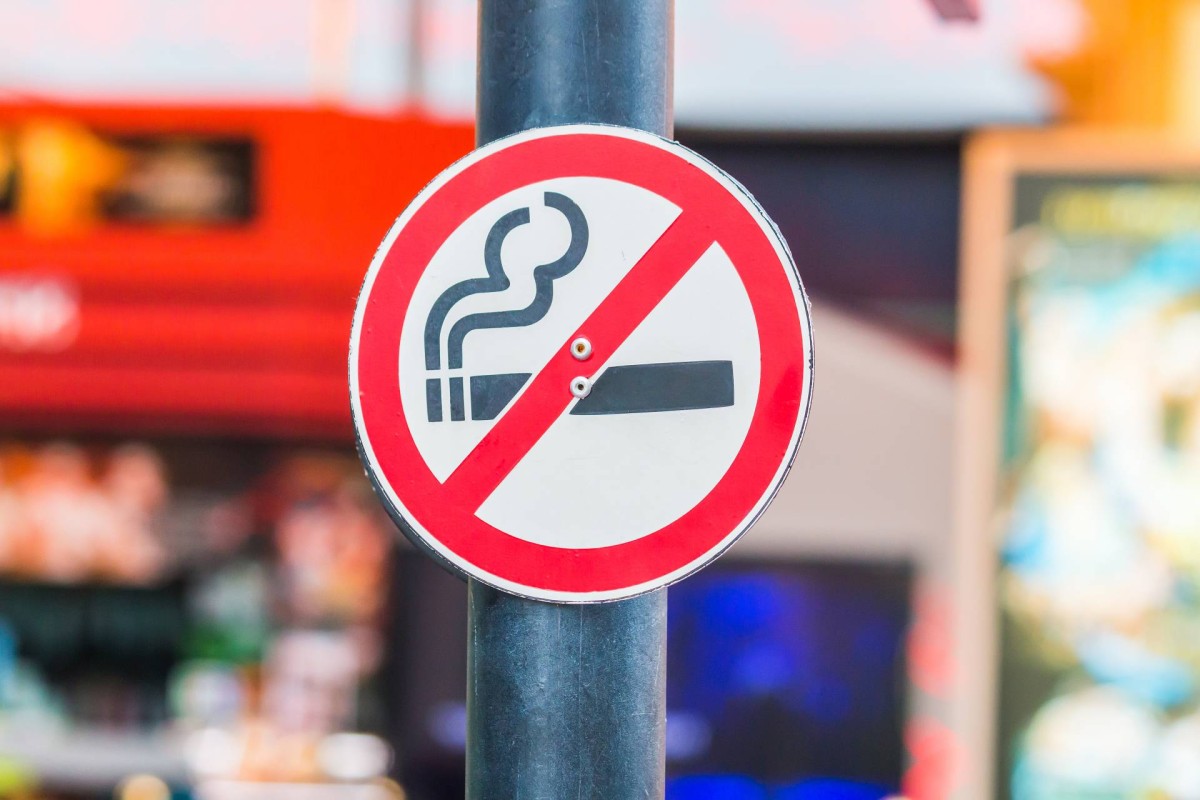The goal was to reduce the number of New Zealanders who smoke to fewer than 5%. However, as 2025 draws to a close, it’s becoming increasingly likely that the nation won’t meet its long-standing goal of being Smokefree. Research from Smokefree says that over the last two years, the national rate of daily smoking was 6.9%, and 8.4% of adults were current smokers. That’s about 300,000 daily smokers still.
On World Smokefree Day, 31 May, Asthma and Respiratory Foundation chief executive Letitia Harding censured that Smokefree 2025 was once within reach, but would now be missed. “Instead, the Government rolled back the clock and stoked the fire, derailing years of public health progress,” she said. “We were on track to lead the world in tobacco control, now we appear to be leading the world in vaping.”
Smokefree’s long political history
First set by the Government in 2011, the Smokefree 2025 goal was built on years of tobacco control initiatives. It’s an ongoing mission that is about much more than individual health, impacting whānau wellbeing, economic costs, the burden of disease, and wider systemic health issues. Take how Māori and Pacific peoples remain disproportionately represented in smoking rates despite overall declines. Statistics like these are why the Māori Affairs Select Committee initiated its 2010 inquiry into the tobacco industry, which ultimately led to Smokefree 2025.
The Smokefree Environments and Regulated Products (Smoked Tobacco) Amendment Act (SERPA) came into force in 2023. It banned the sale of tobacco products to those born on or after 1 January 2009, aiming to prevent future generations from legally purchasing cigarettes. A denicotinisation standard was implemented to reduce nicotine content levels, and a retail reduction scheme limited the number of authorised tobacco retail outlets nationwide.
The Government introduced and passed legislation in early 2024 to remove those changes on the basis of protecting small retailers and preventing the growth of a black market. A report published by the Ministry of Health in October 2023 estimated that illicit tobacco consumption in 2022 totalled about 143 million cigarettes, accounting for around 8.4% of the market. A more recent industry-funded report said 25% of cigarettes sold nationwide are illicit. That indicates a loss of over $500 million in lost tax revenue. Independent public health researchers contest that report, arguing that tobacco industry–funded studies tend to overstate the scale of illicit trade to influence policy.
More than 80,000 New Zealanders must quit smoking by the end of 2025 to meet the target, which Professor of Public Health Chris Bullen told RNZ was unlikely to be achieved. “We have got more work to do in 2026 and beyond,” he said. “I think we could have gotten to the goal under the previous legislation, but that was repealed by the current government.”
“Our previous Smokefree laws were bold, evidence-based, and targeted at protecting future generations, but the repeal of those measures blindsided everyone,” Harding said. Smokefree New Zealand should be vape-free too, otherwise we’re just chasing a new kind of addiction, she added. “Let’s free Aotearoa from the shackles of big tobacco, who make money on the back of nicotine dependency.”
In May, the Labour Party launched a members’ bill against the repeals. “The Tobacco Transparency Bill will strengthen the law surrounding tobacco industry lobbying, to ensure tobacco profits are never put ahead of New Zealanders’ health,” Labour health spokesperson Ayesha Verrall said. “Our world-leading smokefree laws were scrapped by the National Government, and smoking rates in New Zealand have risen for the first time in over a decade. It’s time we get rid of the smokescreen and protect Kiwis from big tobacco’s lobbying tactics – they have no place in health policy.”
Vape nation?
The Government maintains that its approach is about balance and realism. Ministers have argued that education, cessation support, and community-driven initiatives are more sustainable than punitive retail restrictions or generational bans. “The last government was moving towards an untested regime that ignored how well quit smoking initiatives were working, and the potential downside of taking a prohibitionist approach for smokers, or for retailers and crime,” Associate Minister of Health Casey Costello said in February 2024. During the first reading of the SERPA Bill, she described Labour’s Smokefree policy as an “untested regime” and said the Government wanted a “practical, workable, and tested approach” to tobacco. Labour leader Chris Hipkins rebutted by accusing her of repeating tobacco industry talking points.
Now, New Zealand faces another issue: vaping. As part of the Ministry of Health’s final push towards a smoke-free nation, the Government introduced a free vape kit initiative that supplied adult smokers with vaping starter kits and behavioural support via funded stop-smoking services. One analysis estimated the number of kits purchased at about 3,430 units nationally across 24 Te Whatu Ora-funded services. “By embracing vaping and other less harmful alternatives, we’ve seen smoking rates drop from 11.9% in 2020 to an astounding 6.8% in 2023,” celebrated Nancy Loucas, executive coordinator of the Coalition of Asia Pacific Tobacco Harm Reduction Advocates (CAPHRA).
The Ministry of Health treats vaping as a harm reduction tool. For current smokers, switching to vaping is almost certainly less harmful than continuing to smoke. But for people who have never smoked, starting vaping introduces unnecessary risks and can be considered worse for their health. Of course, vaping and e-cigarette use aren’t without their own set of risks. Public health researchers cautioned that the impact was limited; even optimistic assumptions said fewer than 500 people would quit smoking long-term because of free vape kits.
“It’s perplexing that some individuals in tobacco control can’t seem to accept our successful strategy,” Loucas said. “We’ve achieved what many thought impossible, yet instead of celebrating, they’re focusing on potential issues with vaping. We need to recognise this victory and continue supporting policies that have proven effective in reducing smoking rates.”
“The Government’s strategy seems to be ‘let’s just add vapes to the mix’, which is just another product that has harmful health effects and ensures future generations are nicotine dependent,” Asthma Foundation chief executive Letitia Harding said. “That rationale is like letting stoats in to eradicate rabbits – that’s not a solution.”




